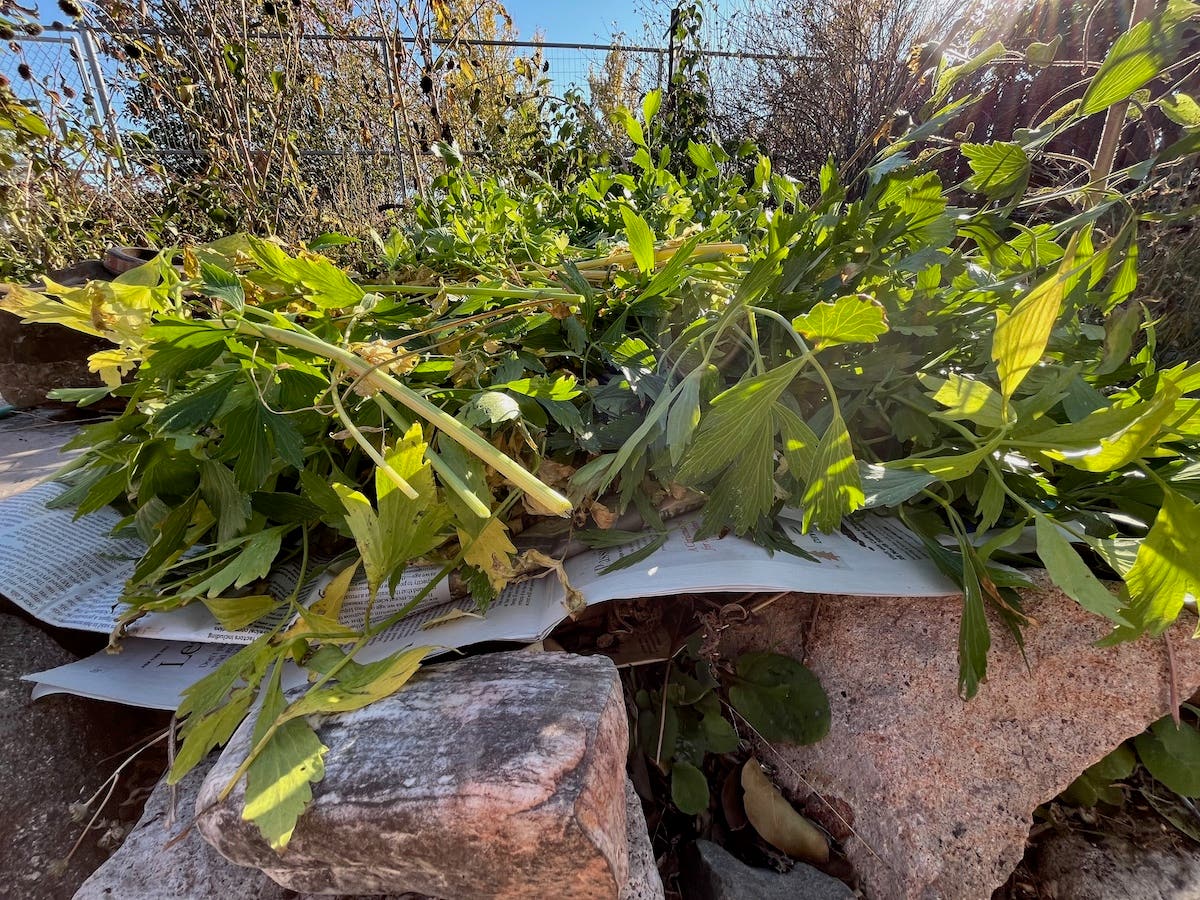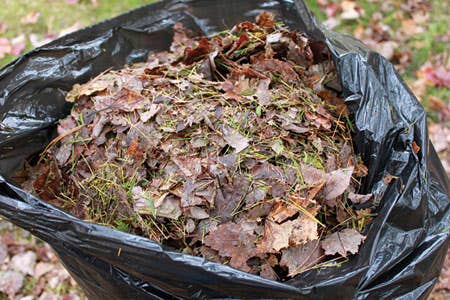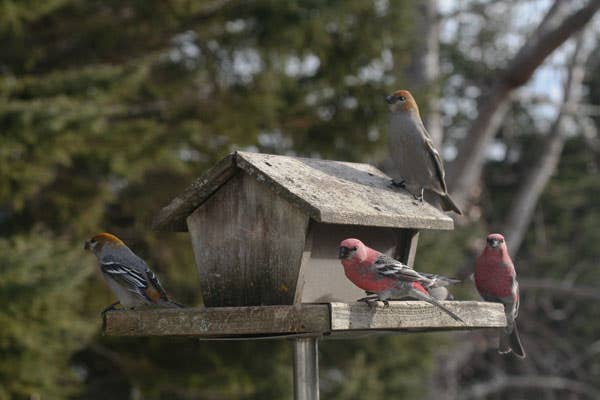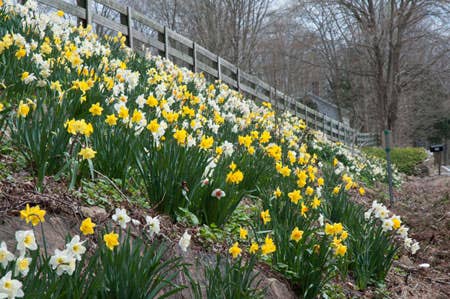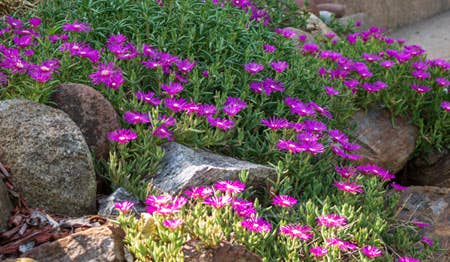Watch the Weather to Garden Better
With a few simple tools you can watch and record weather statistics such as air temperature and rainfall in your garden. Use your findings to make smart choices about garden chores.
It’s a simple fact that you can’t control the weather. You might plan for it to some extent, going by the normal rainfall and high and low temperatures, following the local forecast, reacting to approaching storms or heat. In the end, though, there’s nothing you can do about the weather besides watch it. Which, if done with a bit of purpose and some simple tools, can be fun and worthwhile.
Measuring Rainfall
Wilted leaves give an obvious signal that the garden is too dry. But letting plants reach the wilted state puts them through unhealthy stress. On the other hand, providing too much supplemental water helps neither your plants nor your water bill. By paying close attention to the quantity and quality of rain your garden receives, you can avoid watering too much, too little, too soon, or too late. (About an inch of water a week is the general recommendation, but read up on your plants for their specific needs.)
To measure how much rain reaches your garden each week, set up a rain gauge. You could reuse a glass jar or plastic bottle, placing it in the garden and measuring the rain that collects in it with a ruler. But a store-bought rain gauge will give you a more reliable and accurate reading. Available at garden supply centers and hardware stores, rain gauges are typically a long, narrow heavy-duty plastic tube. Unlike your average jelly jar, they are designed to withstand the elements and are marked with units of measure. Some are mounted on a stake that you drive into the ground; others fit into a bracketed holder that you attach to a wall or fence.
Place the gauge where you can easily reach and read it, and where it will catch the rain. Before you attach a hanging gauge to the wall of a house or shed, make certain that the fitting extends beyond the eaves; site a freestanding gauge in an open area. That said, it could be interesting to set up several gauges to compare how much rain reaches open and sheltered sections of the garden.
Looking up or down at the gauge will skew your reading, so either mount it at eye level or remove the tube from its fitting and hold it straight in front of you when you check it. Keep track of total rainfall by the week, but try to check the gauge after each storm, rather than once a week. Record how much water is in the gauge and then empty it. Tally your records at the end of the week to figure the total rainfall. By measuring several times over the course of the week, you can track the rate of the total rain’s accumulation. A two-inch total might seem like more than enough water, but if you look back over your figures and see that nearly all of it fell in one storm, consider that your soil might not have been able to absorb it all. Some might have been lost as run-off, and you should double-check by looking at the soil. To check its moisture content, dig six inches deep. Dry, crumbly soil to that depth generally means it is time to water.
Taking the Temperature
In spring and fall, the indoor and outdoor gardening realms collide. In spring, houseplants can migrate to the porch to enjoy an extended fresh air vacation. When the weather cools in autumn, they come back inside, along with tropical plants and other tender perennials from the garden and outdoor containers.
Perfect timing isn’t crucial as long as you air on the side of caution; that is, setting plants out a bit late in spring and bringing them in a bit early in fall won’t make much difference to their health. Put them out too early or leave them out too late, though, and you have a problem—cold-damaged, if not dead, plants. Then again, certain plants, such as Christmas cactus (Schlumbergera spp.) seem to relish fall’s coolest night temperatures, offering a stronger show of flowers when left outside to the last possible moment.
You can feel more confident about when to move plants out and in with a little research and record-keeping. Find out the lowest temperature the plant in question can take. With that figure in mind, keep track of the air temperature at the cusps of spring and fall. You can get an idea of the day’s highs and lows from the local weather report, but a simple thermometer will tell you the real temperature in your yard. Hang it in the shade, about three feet above the ground. This position will prevent the sun or the warmth of the earth from affecting the reading. Checking the thermometer a few times in one day will show you that air temperature fluctuates over the course of 24 hours. The lowest temperature generally occurs just before dawn; at that point, the earth has lost all of the sun’s heat it absorbed the previous day. That’s the temperature to go by when judging if it is safe for your plants to stay out overnight.
Ground temperature, too, can help you better time certain actions. Most seed packets indicate how warm the soil should be at sowing time for the best results. A ground thermometer, mounted on a stick you insert into the soil, will tell you when your garden has warmed sufficiently for direct sowing of your different vegetables and flowers.
Long-Range Records
Recording rainfall and temperature over one season can be helpful in and of itself, but saving those notes from year to year can be helpful and interesting, too. Your notes can become your own personal almanac, keeping you organized and prepared for seasonal changes and the tasks that accompany them. Perhaps you’ve found yourself debating climate change (sometimes called global warming). Long-term note keeping might help you prove your points—or it might change your view.
High-Tech Tools
Don’t be surprised if you find yourself getting hooked on watching the weather. It beats a lot of what’s on television lately. If your interest outgrows a simple rain gauge and thermometer, you might set up an electronic weather station, which displays information gathered from sensors in your garden on an indoor monitor.
These devices run the gamut from basic to deluxe. Some require cables to connect outdoor sensors to the indoor display; wireless versions are also available. Basic models record rainfall, temperature, or both. Others report humidity, wind speed and direction, and barometric pressure. Many monitor indoor temperature and humidity in addition to outdoor conditions, which can be helpful if you grow houseplants or start seeds inside. Some versions even offer a forecast.
Electronic weather stations store data in a memory, so you can note it at your convenience. This is appealing if, for example, you want to know the day’s lowest temperature but don’t want to get up before dawn, when it usually occurs. Many models store data over a week, and some compile the information into a chart or graph. The indoor display stations range in size and style, from the La Crosse Technology’s small, sleek digital units to the beautiful old-fashioned wooden wall-hangings from Maximum Weather Instruments. While you can’t control the weather, electronic stations let you take watching it to the extreme. You’ll find them in garden centers and catalogs, boating stores, and weather-hobbyist suppliers.


